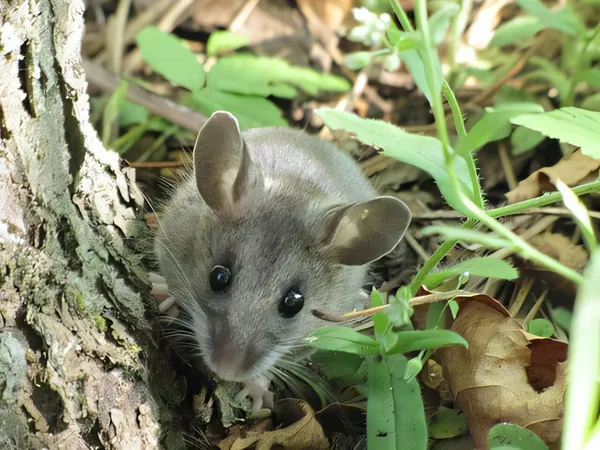
Shocking Discovery: Six New Rodent Species Identified as Hantavirus Carriers!
2025-04-10
Author: Daniel
New Insights into Hantavirus: A Silent Threat
Hantavirus is back in the spotlight, making headlines recently when it was linked to the tragic death of Betsy Arakawa, the wife of actor Gene Hackman. However, this virus, often forgotten except in medical circles, poses a serious risk that extends far beyond its connection to rodents.
Virginia Tech Researchers Uncover Hotspots
A groundbreaking study by researchers at Virginia Tech has shed new light on Hantavirus, revealing hotspots in the United States—namely Virginia, Colorado, and Texas—where the virus circulates among wildlife. The team identified 15 rodent species as carriers of the virus, including six that had not been previously recognized as hosts.
Pandemic Potential: Hantavirus Raises Alarm
According to Ph.D. student Paanwaris Paansri, the urgency of this research is undeniable. Hantavirus exhibits symptoms that can mimic severe COVID-19 infections, making its potential for wide-scale outbreaks particularly alarming.
What Makes Hantavirus So Dangerous?
Hantaviruses, which span multiple regions globally, can have mortality rates comparable to fatal diseases like Nipah and Ebola. In the U.S., the Sin Nombre virus, first documented in 1993, causes hantavirus pulmonary syndrome—a severe respiratory condition.
Rodent Hosts: More Than Meets the Eye
While the deer mouse (Peromyscus maniculatus) is commonly known as the chief carrier, this study unveiled surprising facts: other rodent species show higher hantavirus prevalence, shifting our understanding of how this dangerous virus circulates.
Understanding Hantavirus Transmission: A Key to Prevention
By examining over 14,000 blood samples from 49 rodent species, the researchers gained critical insights into the ecological dynamics of hantavirus. This breakthrough will help public health officials predict where and when outbreaks may occur.
The Threat of Climate Change
Climate phenomena are also playing a role in hantavirus risk. Warmer winters and increased rainfall correlate with rising rodent populations, while drier conditions can elevate the risk of airborne transmission of the virus through contaminated dust. Paansri highlights that climate change could significantly alter hantavirus epidemiology.
What Comes Next for Hantavirus Research?
Despite the significant discoveries, many cases of hantavirus infections go unreported. Many infected people exhibit no symptoms or may confuse them with those of simpler illnesses like the flu. The research team plans to delve deeper into how climate variations affect hantavirus transmission, which could have implications for wildlife diseases worldwide.
A Call to Action
This study is a pivotal step in understanding and strategizing against hantavirus outbreaks, informing public health initiatives, and protecting communities from this little-known yet formidable danger.





 Brasil (PT)
Brasil (PT)
 Canada (EN)
Canada (EN)
 Chile (ES)
Chile (ES)
 Česko (CS)
Česko (CS)
 대한민국 (KO)
대한민국 (KO)
 España (ES)
España (ES)
 France (FR)
France (FR)
 Hong Kong (EN)
Hong Kong (EN)
 Italia (IT)
Italia (IT)
 日本 (JA)
日本 (JA)
 Magyarország (HU)
Magyarország (HU)
 Norge (NO)
Norge (NO)
 Polska (PL)
Polska (PL)
 Schweiz (DE)
Schweiz (DE)
 Singapore (EN)
Singapore (EN)
 Sverige (SV)
Sverige (SV)
 Suomi (FI)
Suomi (FI)
 Türkiye (TR)
Türkiye (TR)
 الإمارات العربية المتحدة (AR)
الإمارات العربية المتحدة (AR)